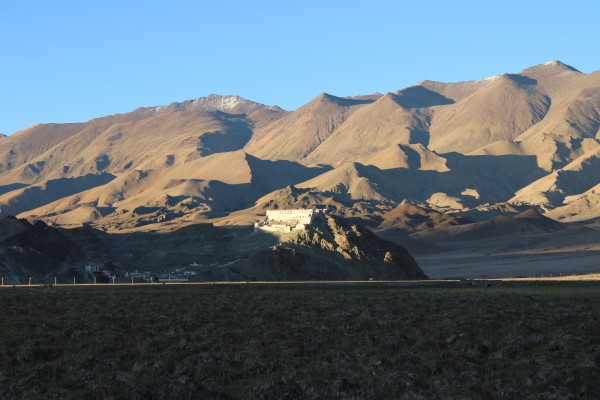
Changthang is the easternmost region of Ladakh that runs along the Indo-Tibetan border. Changthang, literally translates as “the northern plains” since it was named by the tibetan nomads and because it lies towards the north of Tibet.These lands are mostly vast wetlands with frequent occurrence of lakes here and there, some of the popular blue lakes are Pangong lake, Tsomoriri lake, Yaya Tso etc. It is still dominated by the nomadic people who live among the pastures in search of good grazing lands and water pools for their herd of cattle. According to the season, they migrate up and down the valleys and mountains. They are the chief producers of the raw Cashmere wool and it is their major source of income. They consider their winter dwellings as a form of permanent settlement since during the summers they move along with their herd. Throughout Changthang, there are many such settlements or villages of these nomadic people and one such beautiful village is Hanley.
Holiday Packages in Ladakh
View All
Hanley is situated very close to the Tibetan borders and thus it had played a great role in securing its borders against the invaders. In the 17th century, when Ladakh was in its golden era under the rule of King Singge Namgyal, the villages on the Tibetan side were sabotaged by the Mongolians thus causing a stir of fear across Ladakh. And King Singge Namgyal was on his return from this political surge when he passed away on reaching Hanley. The palace of Hanle is located on a mid ranged mountain, towering over its spectacular grassland with Hanley river smoothly meandering across the grassland. On visiting the palace, one understands the choice of such location that offers a piece of absolute serenity and beauty. The palace was divided between the king himself and his spiritual teacher sTak-Tsang Raspa, who was the greatest known scholar of the Drukpa Sect in the history of Ladakh. Under his guidance, the Drukpa sect flourished and attained the peak of its establishments in Ladakh with so many monasteries such as Hemis Gonpa, Chemrey Gonpa etc. It was the combination of these two; King Singge Namgyal, the lion king (Singge means lion) and H.H. sTak-Tsang Raspa, the tiger priest (sTak means tiger) who brought the Golden era together in Ladakh. Till today the palace retains its original design with the same separate wings. If you happen to visit the palace, it is possible that the guardian of the monastery will allow you to have a glimpse of the personal room of H.H sTak-Tsang Raspa himself. The room is located at the top floor, it is kept very dark and dingy since the wall paintings are one of the rarest of its kind since it contains the portraits of both, the king and the priest. The portrait of King Singge Namgyal is to be found nowhere except these walls of Hanley palace. And it was this same palace where he drew his last breaths and he was cremated just below the palace, today there stands a stupa at the spot where he was cremated. Thus drawing close ends to the Golden period of Ladakh, Hanley forever made its name in the chronicles of Ladakh.
Indian Astronomical Observatory initiated its quest of star gazing in Hanley by setting up the Himalayan Chandra Telescope which is a 2m Gamma ray telescope. The Major Atmospheric Cerenkov Experiment Telescope (MACE), which is under construction in Hanle, will be the world's highest Cerenkov telescope and the second largest Cerenkov telescope in the world. Hanley also serves as a great destination for the wildlife enthusiast due to its providence of wilderness and fabulous landscape. In present time Hanley houses quite a number of Homestays providing accommodation and other services for all kinds of tourists during the summer.